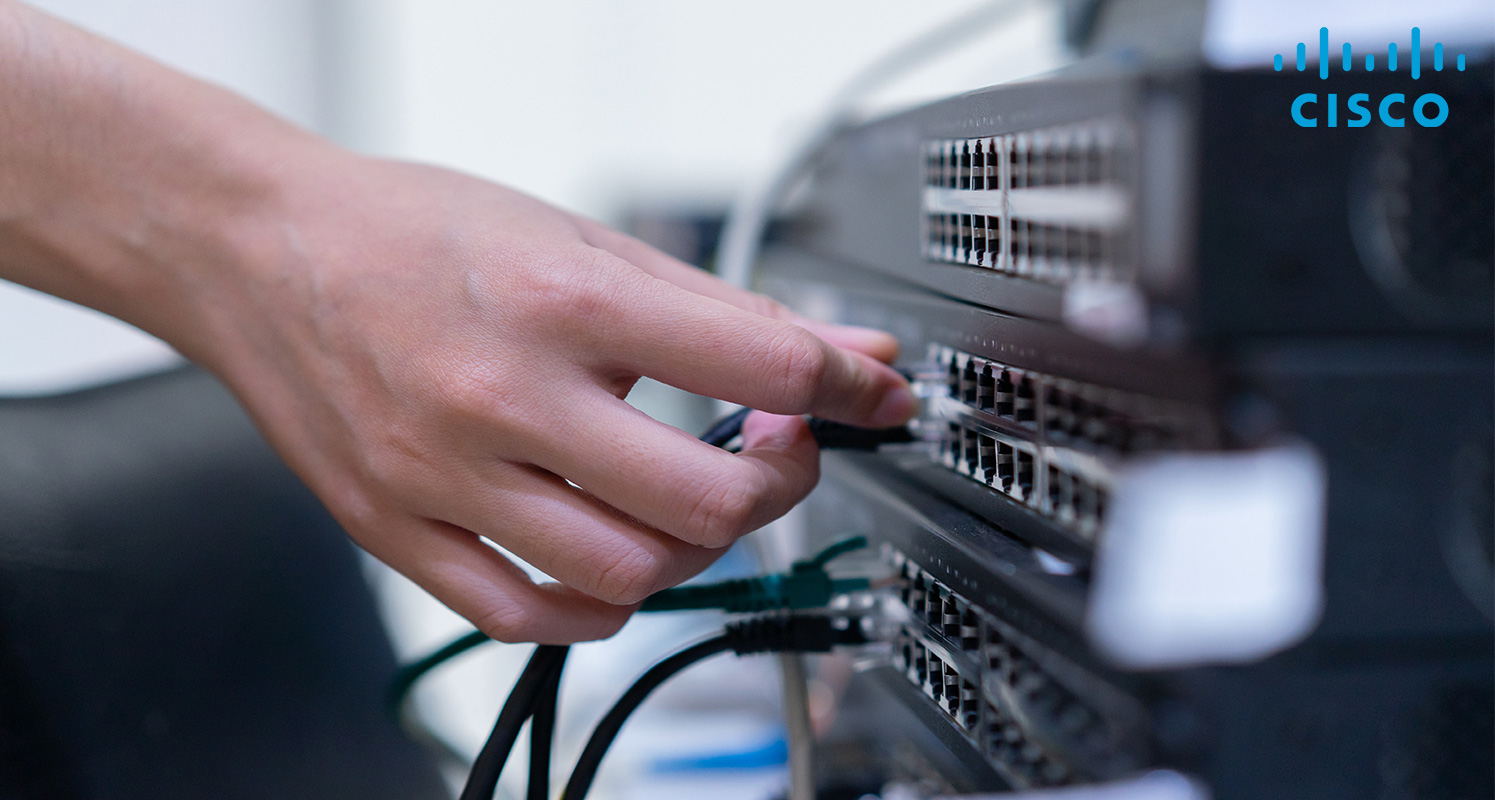What are Networking Switches and their Applications?

This article will help you understand networking switches and the difference between hubs, switches, and routers. Applications of networking switches have been discussed in depth for further understanding.
Table of Content
What is Networking Switch:
Networking switches are physical devices that are deployed to connect devices within the network (that is generally a Local Area Network or LAN) for the sharing of resources. Switches receive data packets from the devices they are connected to via physical ports and forward them to the intended devices which can be another switch, router, or computer. Networking switches are different from both hubs and routers. Their points of divergence have been discussed briefly for a better understanding of the working of switches.
Networking Switch Vs Hubs:
Both hubs and switches are used for the same purpose: connecting the devices within the network. But both differ on the accounts of multiple factors:
- Switches works on the data-link layer, unlike hubs which transmit data on the physical layer.
- Hubs forward data packets received from connected devices to others indiscriminately. They are built to broadcast the pockets whereas, switches follow three types of transmission: unicast, multicast, and broadcast.
- Switch features a full-duplex transmission technique, unlike hubs which are provided with a half-duplex transmission. Full-duplex is considered far better transmission because the device is capable of transmitting and receiving data at the same time, it is two-way communication.
- Hubs don’t support packet filtering which is an important security feature because it helps monitor ongoing and incoming traffic. In other words, hubs are not safe against malicious attacks. Switches are secure because they support packet filtering.
- Hubs can only support up to 4 ports which are way less than 24 to 28 ports supported by networking switches.
That’s why hubs are considered inferior to networking switches on account of the above-mentioned limitations.
Networking Switches Vs Routers:
Routers also perform both forwarding and routing of network traffic just like switches, but the mode of operation of routers is different from switches. Major differences between these devices are discussed below:
- Routers operate at level 3- the network layer- of the OSI model. In other words, unlike switches that connect devices within a local network, routers connect one network to another.
- AP provides wide-ranging options for adjusting the network as per the requirements and environment. You can use the AP controller for centralized for choosing the right kind of networking modes like Simplex AP, Wireless Client, Wireless Bridge, Multi-point Bridge, and others.
- Routers offers many cutting-edge services like QoS, NetFlow, and NAT. Quality of Services controls network traffic and ensures that critical applications are provided with consistent speed. NetFlow helps customers get the overall picture of network traffic flow and volume. NAT allows many devices to share a single gateway (public IP address) to the internet. Switches don’t provide such features.
- Routers provide much faster speed. For a wired connection, the speed can be as high as 100 Mbps and for a wireless connection, it can be 10 Mbps. Whereas, switches support 10/100 Mbps speed at max.
- Routers are provided 2/4/8 ports, unlike switches which are equipped with 24/48 ports.
Uses of Networking Switches:
Continuous improvement and innovations have made switches an important part of modern-day enterprises. Nowadays, many switches can provide wireless connectivity and can support the Internet of Things(IoT). Some important uses/applications of networking switches are enlisted below:
- Switches are deployed to support the industrial Internet of Things. They are used to connect sensors and machinery at the manufacturing plants;
- Modern switches be powered through the Power of Ethernet(PoE). This ability of switches has made it easy for network administrators to deploy them to operate security cameras, outdoor lighting, wireless access points, VoIP phones, and multiple sensors for humidity, temperature, moisture, etc.
- Switches are used for offloading networking traffic for analytics and analysis. For example, switches can gather data that has been connected and transmitted by IoT, and this switch-led gathered data is, in return, applied to Artificial Intelligence and machine learning for bringing further efficiency to smart working conditions.
- The offloaded network traffic can also be used for performing intrusion detection, performance analytics, and putting in place firewalls to provide a reliable measure of security against malicious attacks.
- They are being used extensively by mid-sized companies for the optimization of LAN bandwidth. Particularly, multilayer switches- which can work at network, data-link, and transport layers- provide the advantages of ensuring the speed and reliability that users need to experience uninterruptible and uninterrupted connections.
- Switches come on the market with endless ports for connecting cables which proves helpful in the establishment of Star Topology.
Some Words about Morgan Ingland LLC:
We understand fully the networking requirement of modern-day offices and workspaces. Morgan Ingland LLC has everything at its disposal to make your digital transition and transformation easy, convenient, productive, and cost-effective. From networking hubs to networking switches as well as networking cables and other accessories, we are fully prepared to assist you to find the right solution. Contact one of our representatives at 415-704-8713 or email us at info@miatlantic.us 24/7 for further detail and information.

















